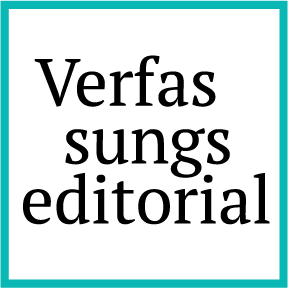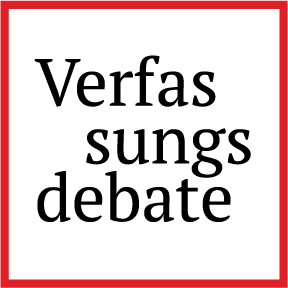Surbhi Karwa
Dixon identifies two means of abusive feminism – formalism and descriptive representation – both of which have found currency in the South Asian context. The South Asian region has a long history of female leaders of states, but their rule demonstrates that no easy causations can be drawn between descriptive presence of women in positions of power and democracy. Women can be and are good and bad leaders just as men. The framework of abusive feminism can help us recognize the dynamic nature of authoritarian rule and take a contextual, multi-institutional, and intersectional approach in our responses.
Continue reading >>
Taís Penteado
In the recently published article Abusive Feminism, Rosalind Dixon problematizes the weaponization of “feminism” by actors as a means to erode, rather than promote, democratic ends, and provides a path for those who wish to resist it. Brazil offers powerful examples of the phenomenon identified by Dixon, confirming many of her conclusions – and, conversely, unearths aspects that could help us deepen our understanding of how abuse happens.
Continue reading >>
Virginia Lemme
The concept of abusive feminism proves useful in interrogating the true nature of Meloni’s government. Rosalind Dixon defines abusive feminism as the use of feminist language and symbols by authoritarian or illiberal regimes to legitimize anti-democratic or oppressive practices. Crucial is the distinction between a “feminine” government and a “feminist” one: as Dixon warns, the mere fact of having a woman serving as Prime Minister does not, in itself, guarantee the pursuit of a genuine gender equality agenda. Meloni is a case in point.
Continue reading >>
Paulina Milewska
In Hebrew, there’s a figure known as the ima Polonia – the “Polish mother” – a woman who offers love that feels more like emotional leverage than care. Poland’s recent politics have mirrored this dynamic. Between 2015 and 2023, under the alt-right Zjednoczona Prawica government, the image of the woman, be it as judge, activist, or politician, was often instrumentalised to undermine progressive, pro-democratic causes. The government framed its actions as caring rather than punishing (just like ima Polonia), using women not to promote their rights but to support anti-feminist changes.
Continue reading >>
Mariana Brocca
Through abusive feminism, political leaders use elements of feminism as a shell devoid of content. Two central elements are needed: (a) “a pool of suitably qualified women who oppose feminist goals or substantive commitments to gender equality,” and (b) “a public that assumes that in general ‘women help women’”. Argentina offers a timely example of this trend: its current vice-president, Victoria Villarruel, has shown a political position that reveals the legitimization of an illiberal project committed to dismantling gender equality protections and attacking human rights commitments.
Continue reading >>
Cathi Albertyn
Ros Dixon argues that “[p]lacing women in high office reflects commitments to fairness, diversity and equality of opportunity. But it also creates opportunities for anti-feminist, would-be authoritarians to use women’s descriptive representation to advance and legitimate their own sexist, authoritarian projects”. The South African Judicial Services Commission’s interviews for the country’s Chief Justice in 2022 provide a fascinating example of this phenomenon in the context of political struggles around corruption and accountability in South Africa.
Continue reading >>
Rosalind Dixon
Some of the world’s most powerful leaders have openly embraced an agenda that is overtly hostile to diversity, equity and inclusion, and often overtly anti-feminist. These discursive and behavioral attacks have been accompanied by a range of anti-feminist policy changes. As liberalism and democracy often erode together, it is no surprise that the growth of anti-feminism is associated with democratic backsliding. What is more surprising is that many of these anti-feminist, would-be autocrats have engaged in a parallel set of tactics that appear to endorse, rather than challenge, certain feminist ideas.
Continue reading >>










